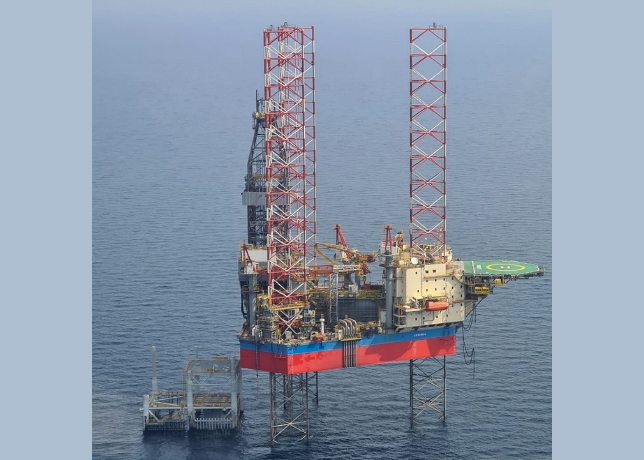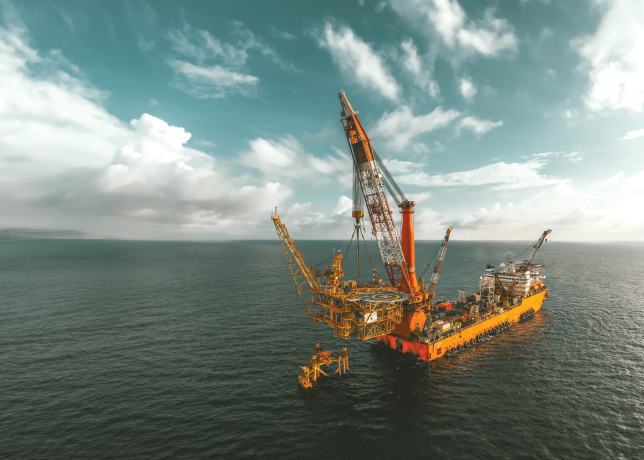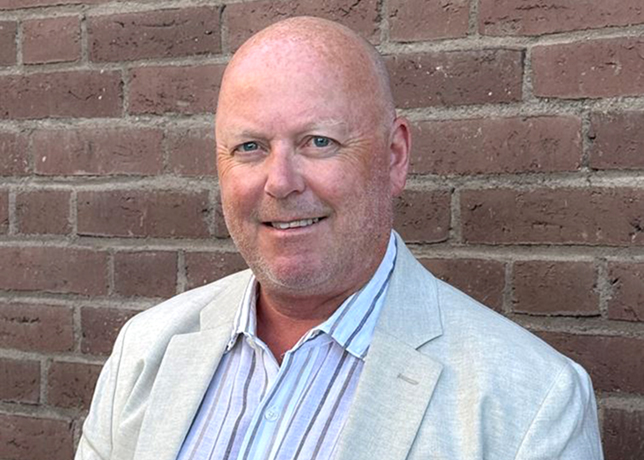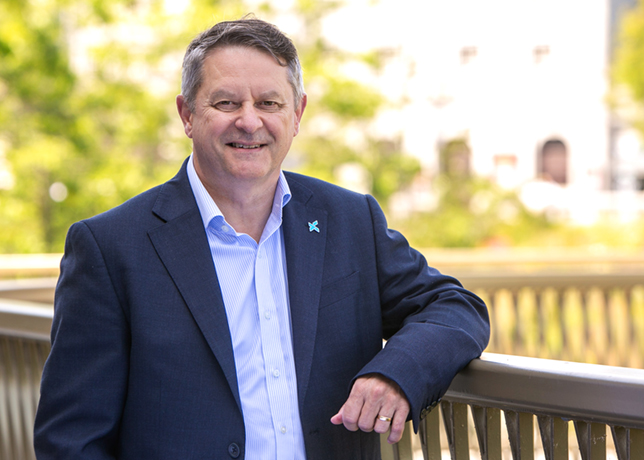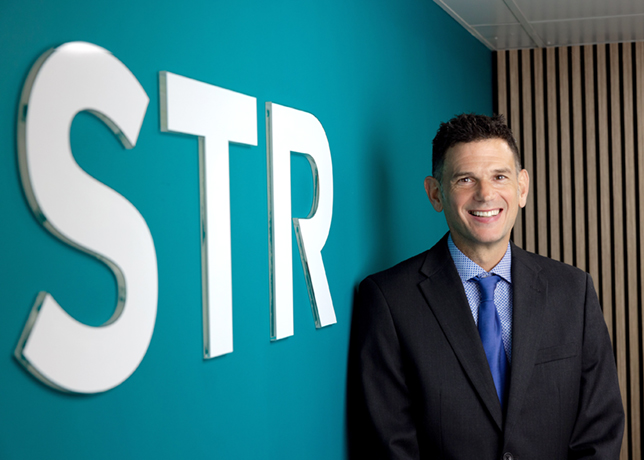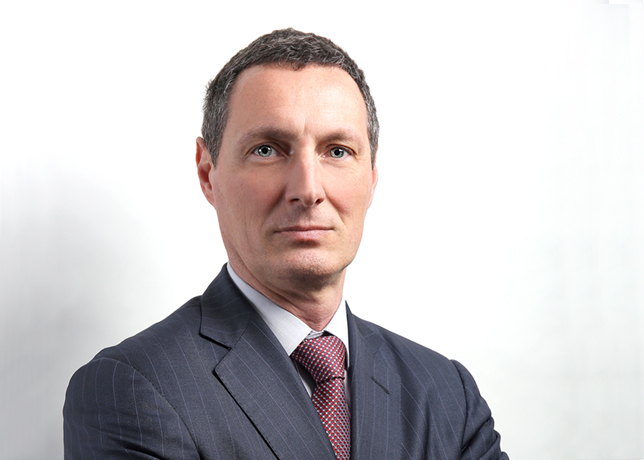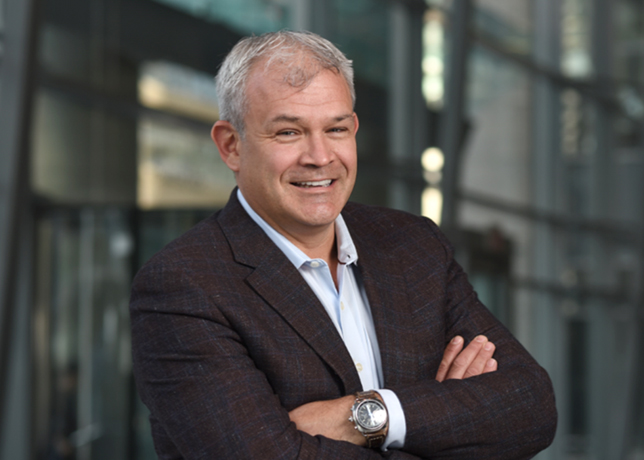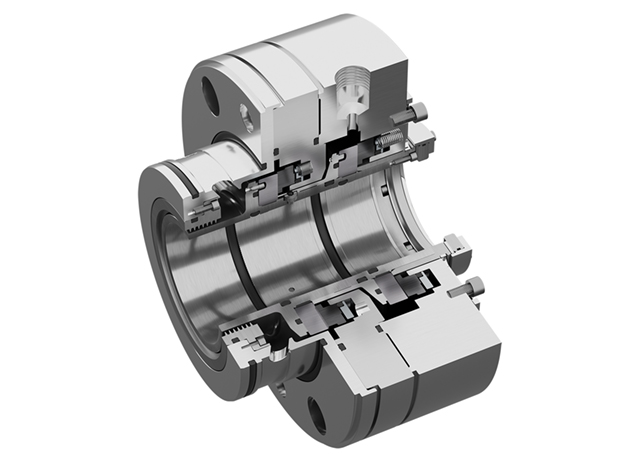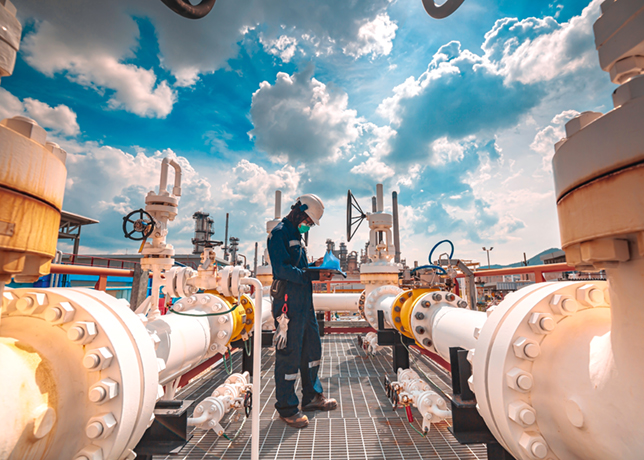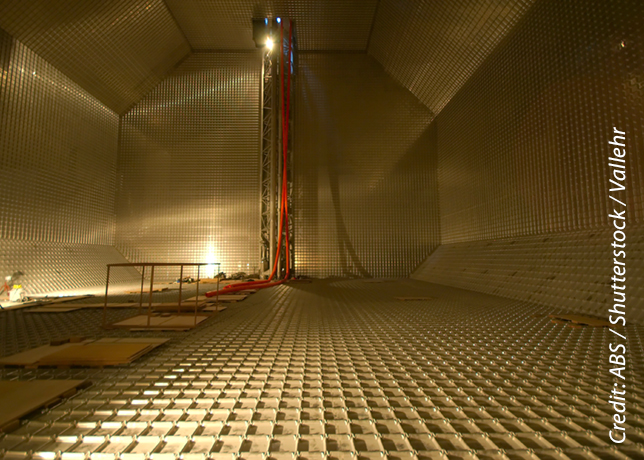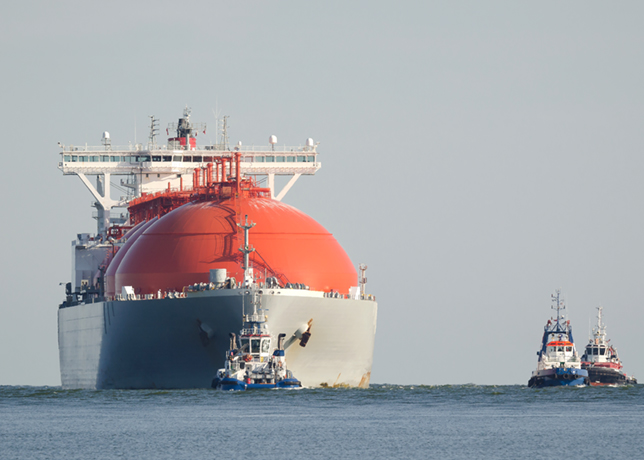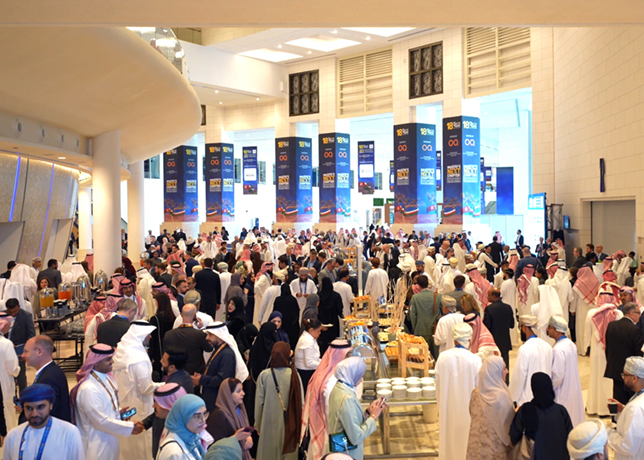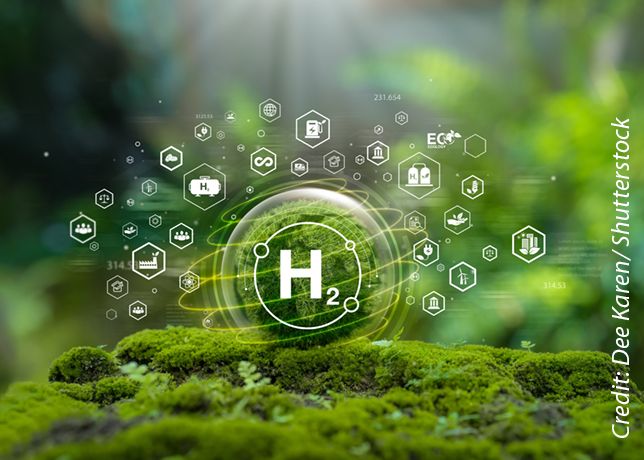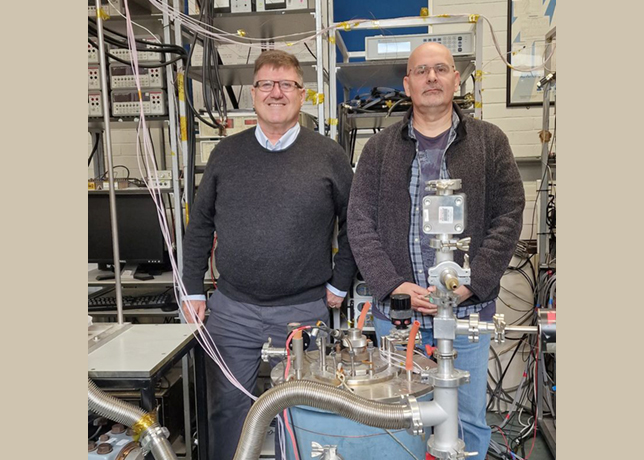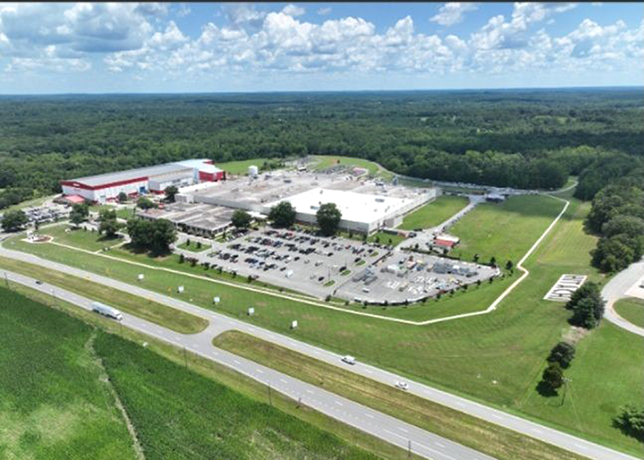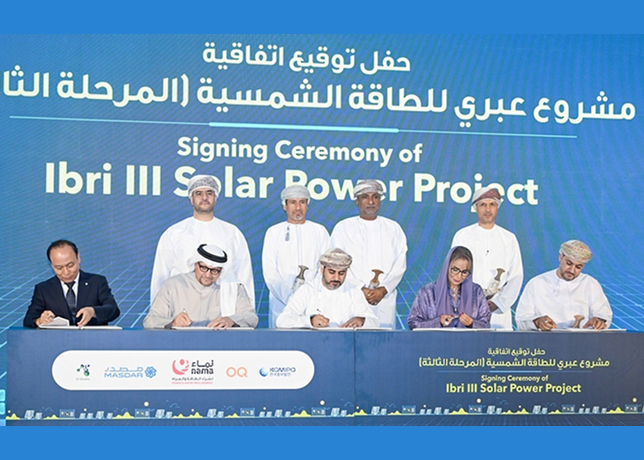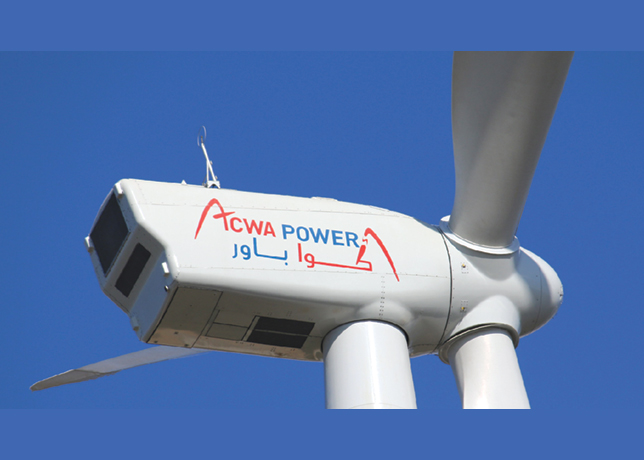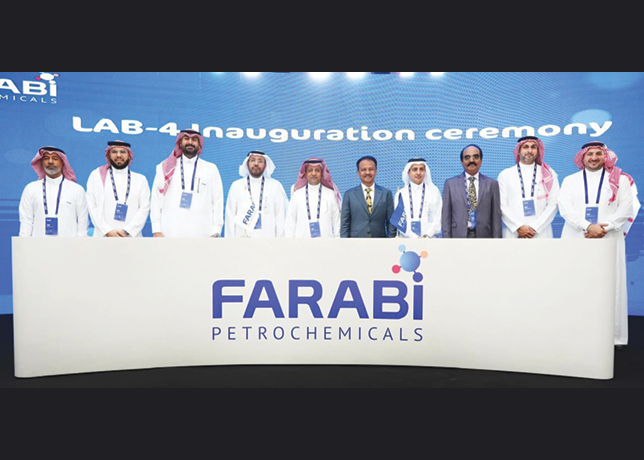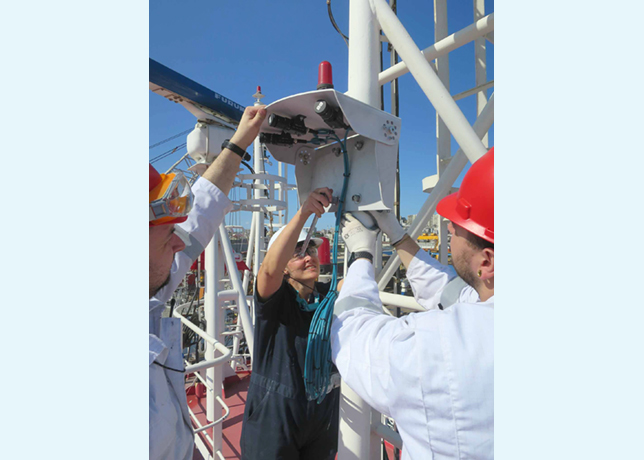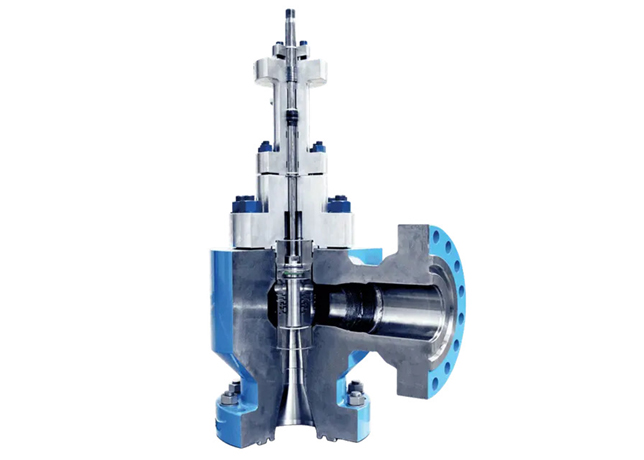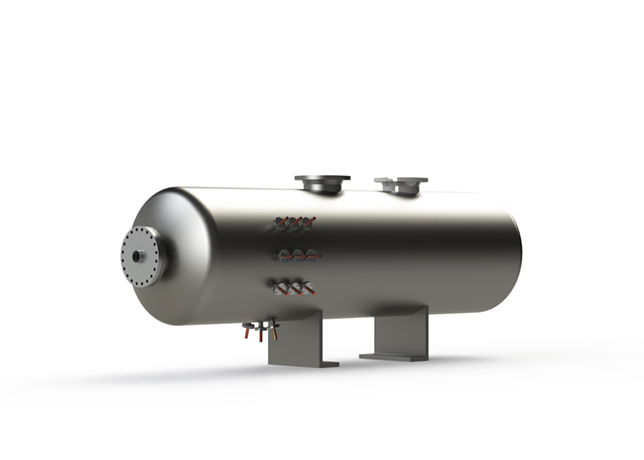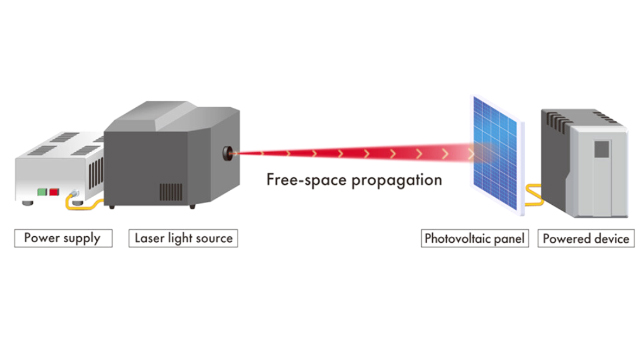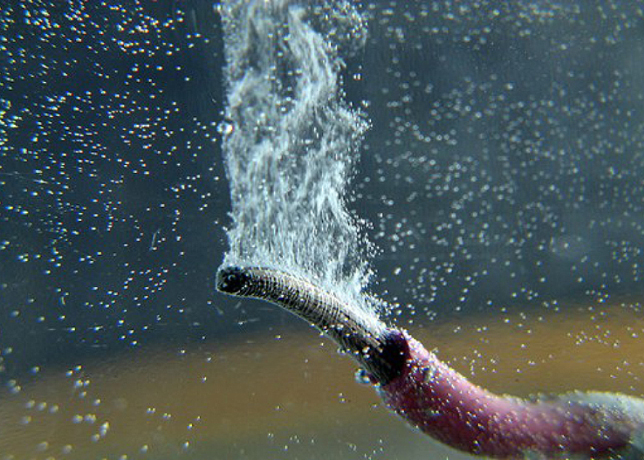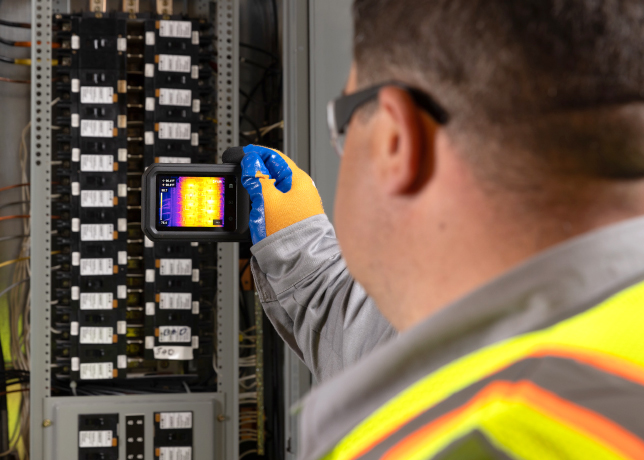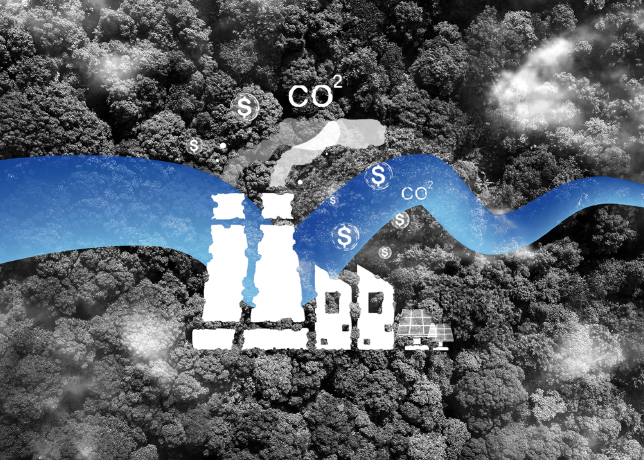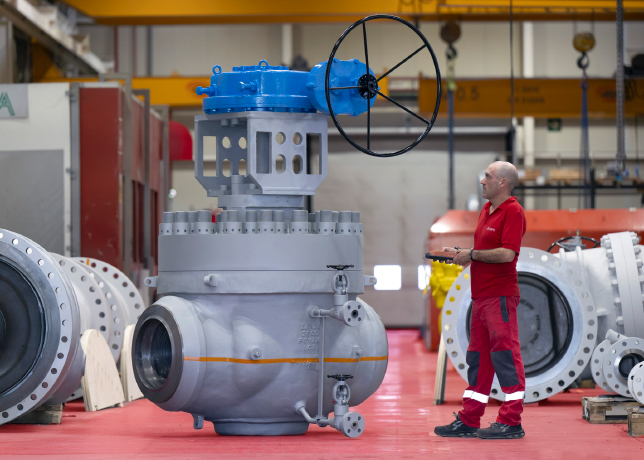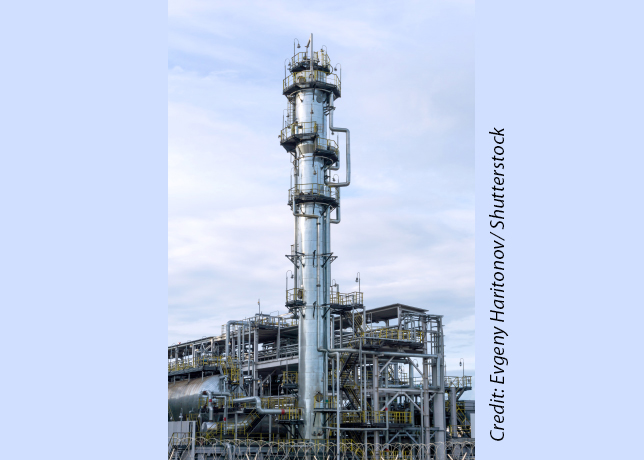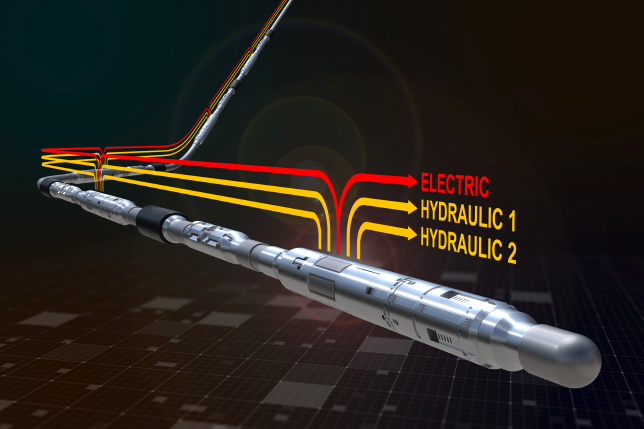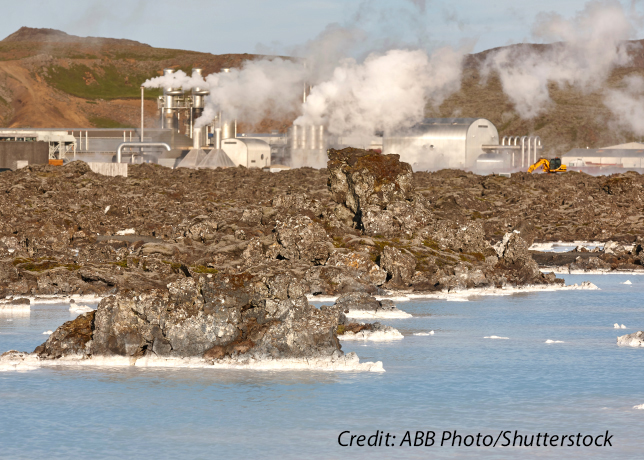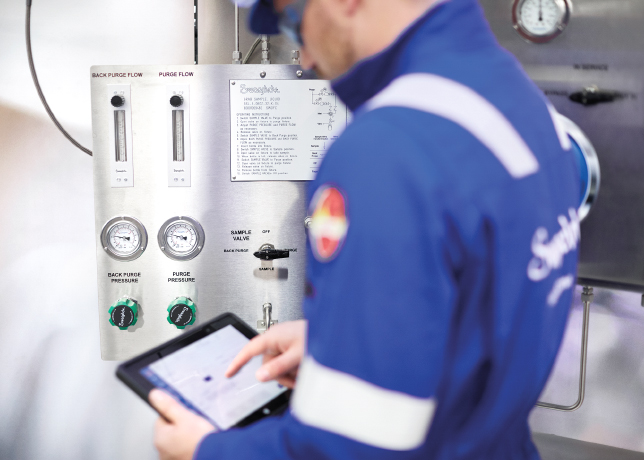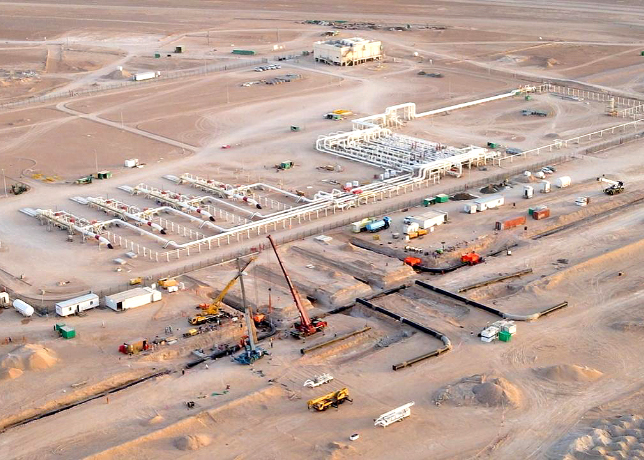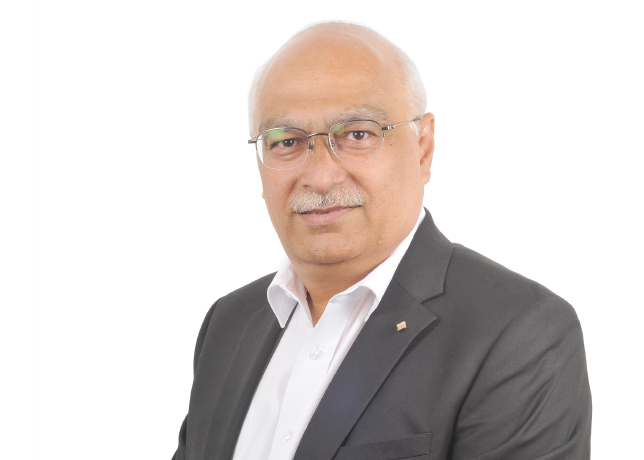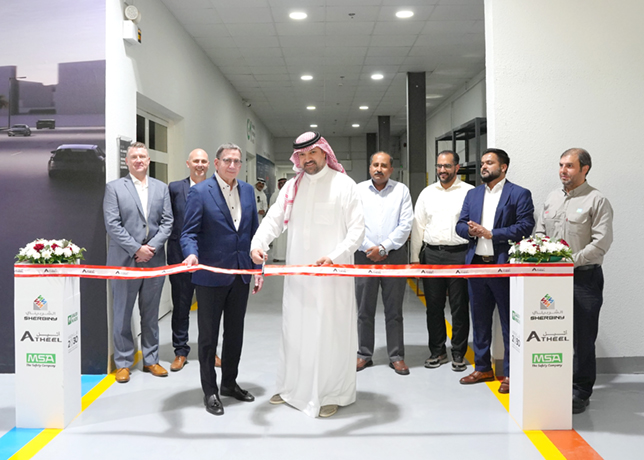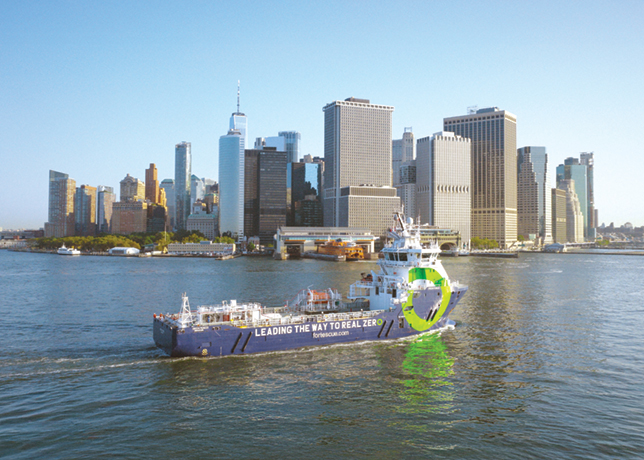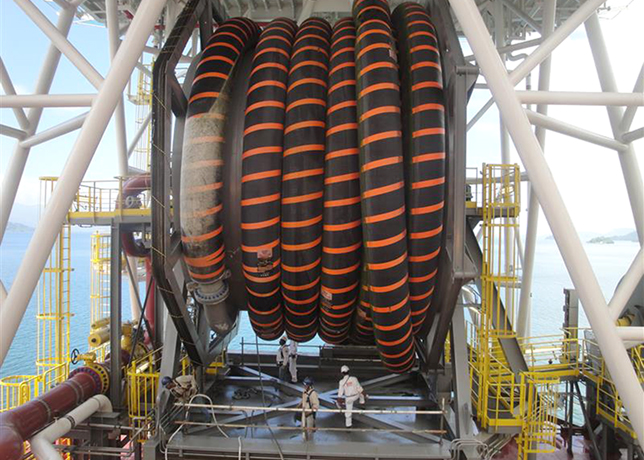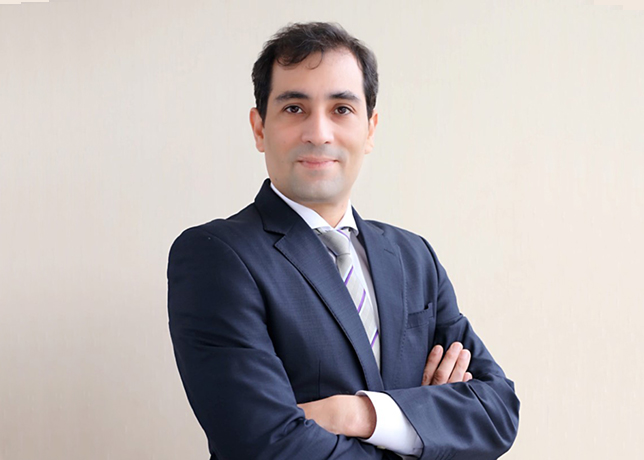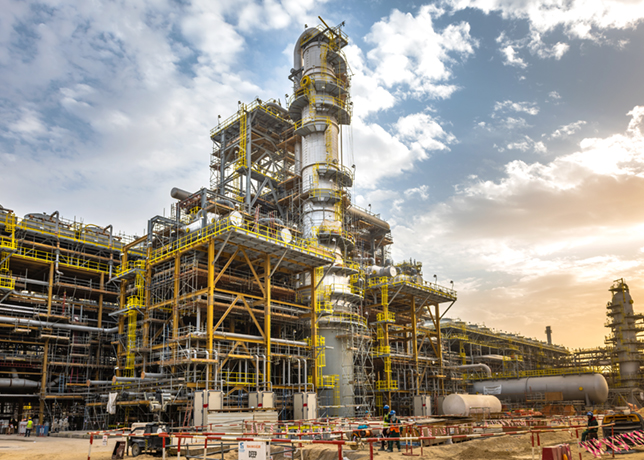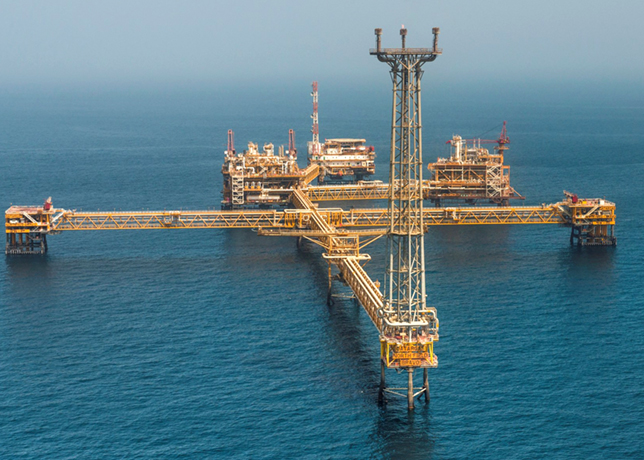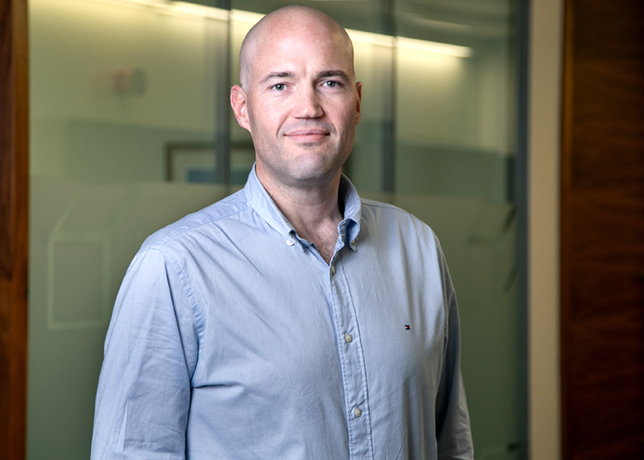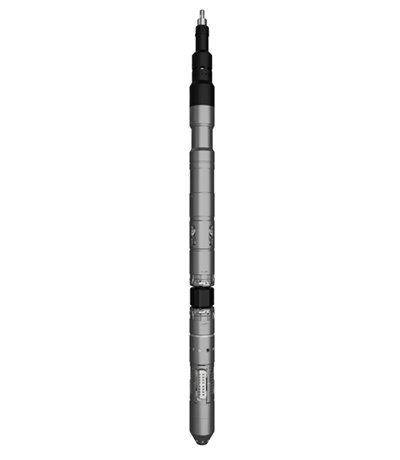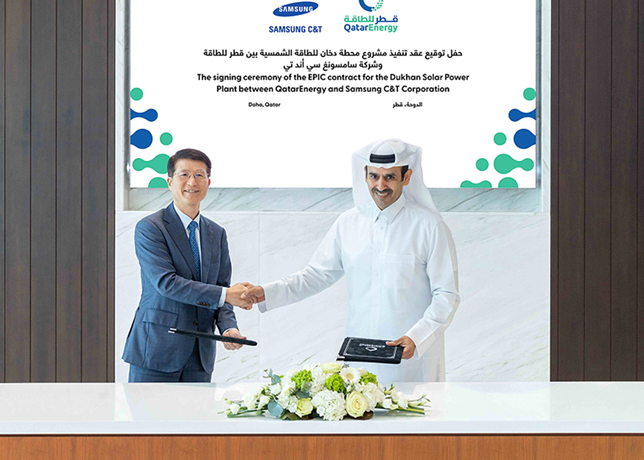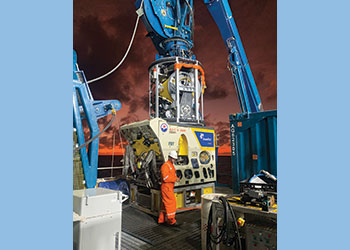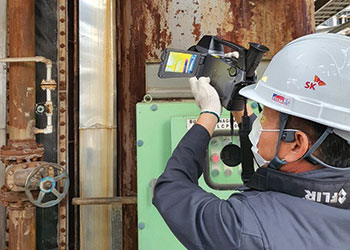
 The Elios 3 drone used for 3D mapping the vault
The Elios 3 drone used for 3D mapping the vault
It took the Elios 3 drone, powered by 3D mapping software company GeoSLAM, just a one seven-minute flight to create a robust 3D map of a radioactive waste storage vault built in the 1960s, providing crucial information for planning its removal. The mission is believed to be the first of its kind.
After over a year of preparation and research, the mission took place in November 2022 at the Idaho Nuclear Technology and Engineering Center at the Idaho National Laboratory Site in eastern Idaho. The flight was risky because if the drone was lost, it could not be retrieved.
However, the Elios 3 performed well, and Department of Energy (DOE) contractor Idaho Environmental Coalition (IEC) was able to get all the LiDAR data it needed.
A GeoSLAM expert was on site to immediately process the LiDAR data on GeoSLAM’s software, ensuring that the resulting 3D model would meet the needs of IEC.
Over the last two years, the IEC’s Calcine Retrieval Project was looking for the right solution to 3D map the interior of the waste storage vault. Called calcine, the granulated high-level radioactive waste had originally been placed in huge, 20-ft-tall stainless-steel bins stored inside the vault with no plans for its removal, which meant that devising a plan to remove the calcine safely would be difficult. Calcine is a dried byproduct of radioactive liquid waste that was generated during historic spent nuclear fuel reprocessing runs until 1992.
IEC had developed a remote solution for removing the waste that involved drilling into the vault, robotically welding pipes onto the tops of each bin, and then cutting into the bins using a plasma cutter. After they were attached, the pipes would pneumatically transfer the calcine. But without detailed blueprints or a 3D map of the vault’s interior, there was no way to know where to drill the holes.
After identifying the Elios 3 as the right tool for the job, IEC tested it in a high-radiation environment, exposing the drone to up to 10,000 Roentgen per hour of radiation to ensure it would be able to operate inside the vault.
Now that the vault has been 3D mapped, the next step is to plan for the removal of the calcine, a process IEC plans to begin this year. In total, there are six vaults on the site storing a total of 4,400 cu m of calcine, all of which needs to be removed for the project to be completed.



